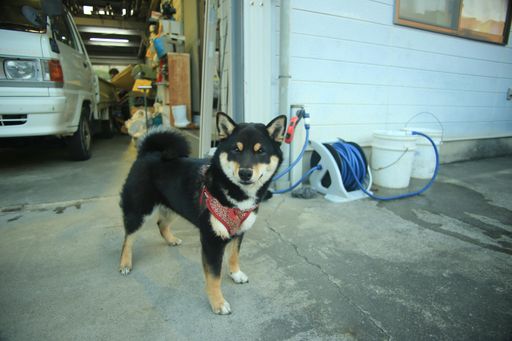There is something so bittersweet about seeing your dog grow old. To have so many years with a loyal and precious friend is certainly a blessing, but no one relishes seeing a loved one become slower and more delicate, experience aches and illnesses, and struggle to see, hear, or feel the way they used to.
Like people, dogs need different types of care as they age. To ensure your dog receives the care they need and deserve, you may want to use the following tips to understand and celebrate your senior dog’s journey.
Recognize When Your Dog Is Getting on in Years
Puppies grow up fast, reaching their mature size around a year. From then, you might occasionally notice a few mental and physical developments in your pup: better coordination, greater restraint, coarser hair, etc. However, for years on end, you might not pay as close attention to how your dog is changing — until you suddenly see that they have gotten old.
The sooner you recognize that your dog has reached their senior years, the more you can care for them during this time. Here are a few good signs that your dog has reached old age:
Reduced activity. Your dog’s energy levels should drop slowly over time, and by the time they reach seniority, they probably won’t be able to exercise as vigorously or as long as they did in their youth. You might also notice your pup sleeping for most of the day, and when they move, they might feel stiffness in their joints. There are ways to increase a senior dog's mobility to some degree, but you should move at your dog’s pace to avoid causing unnecessary harm.
Weight changes. Partly because your dog is moving less and partly because their metabolism is changing, you will notice changes to your dog’s weight. Most dogs put on extra pounds during their twilight years, but some dogs can’t keep weight on, which could be a sign of a medical issue that needs to be addressed.
Thinning and graying fur. Typically, dog fur begins graying around five years, but older dogs usually have quite a bit of gray or white around their eyes and muzzle. Older dogs may also have thinner fur, though truly bald patches could be a sign of hormonal problems or other diseases.
Loss of hearing and vision. Your dog relies on sight and sound to navigate the world and feel safe. As these senses deteriorate, you might notice your dog bumping into things, startling easily, or exhibiting confusion. Sometimes, hearing and vision loss is treatable; you might consult your vet if you notice your dog failing to respond to audio or visual information.
Personality changes. Pain, discomfort, and cognitive decline can result in changes to your pet’s behavior. You might notice them acting more irritably, becoming easily agitated, forgetting their training, vocalizing more often, or otherwise behaving oddly. Just in case, plan a vet trip to rule out medical conditions that might cause personality changes. Many personality changes are just a part of growing older, but some can point to a larger issue, especially irritability.
Plan for More (Expensive) Trips to the Vet
Unfortunately, not all age-related health concerns can be avoided. It is almost inevitable that your dog will experience pain as a result of their aging body, and many dogs will suffer from other debilitating conditions, including terminal diseases. Fortunately, though many of these experiences are unavoidable, they are manageable with the right medicines, therapies, surgeries, and other forms of treatment.
Unfortunately, veterinary services are not always affordable. Therefore, you should take some steps to mitigate your costs as you work to keep your aging pet as comfortable as possible during their senior years.
If your dog remains in relatively good health, consider signing up for pet insurance. With healthy pets, insurance premiums tend to be lower, and you know you will be covered if your pet experiences an unexpected health emergency.
If your dog already suffers from serious health problems, you might need to find another solution. You may want to weigh the pros and cons of dipping into your emergency fund vs. a line of credit; both allow you to cover the higher costs of your aging pet’s care, but you might find one or the other option more advantageous given your unique financial situation.
Stay on Top of Your Self-Care
Your dog isn’t the only one affected by their advanced age. Undoubtedly, confronting your dog’s mortality will cause you to experience a range of difficult emotions: guilt, anger, anxiety, shock, depression, and fear. To help you endure the emotional roller coaster that is an aging family member, you will need to commit to your own self-care — and you can do so while maximizing the remaining time you have with your beloved pet.
Consider the places and activities that bring you joy and energy. You might try to spend more time outdoors, soaking up fresh air and sunshine with your dog and unplugging from your devices. You can go on outings together; if your dog isn’t particularly good at getting around anymore, you might use a dog stroller to keep them safe and comfortable. Your goal is to fill up your emotional cup so you have more compassion and patience to devote to your aging pup.
One of life's greatest cruelties is that dogs don’t live forever. Fortunately, you can make the most of your limited time with your four-legged friend by investing time and energy in proper care as they age.



















